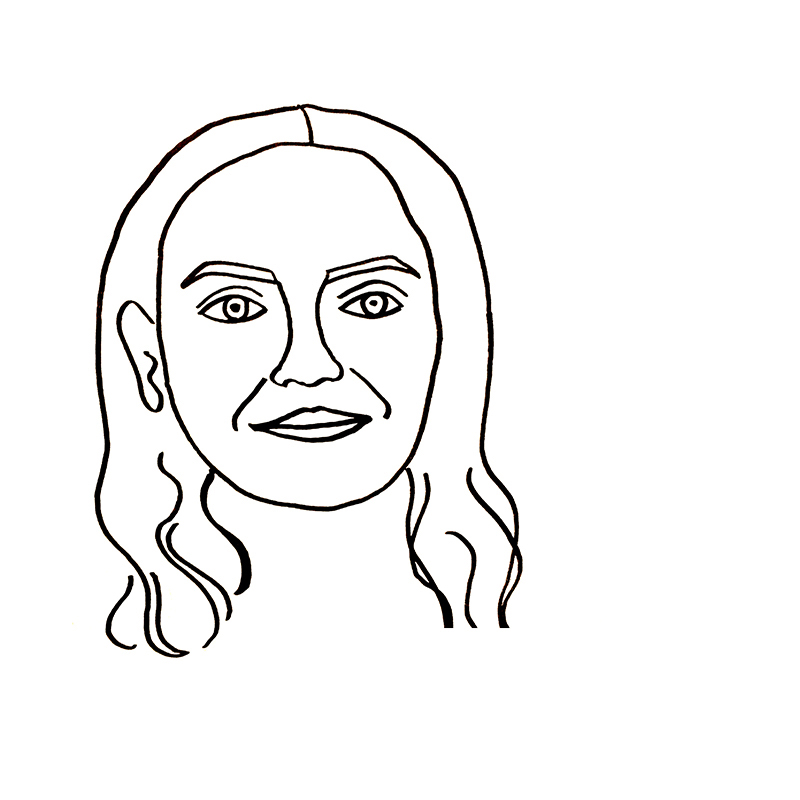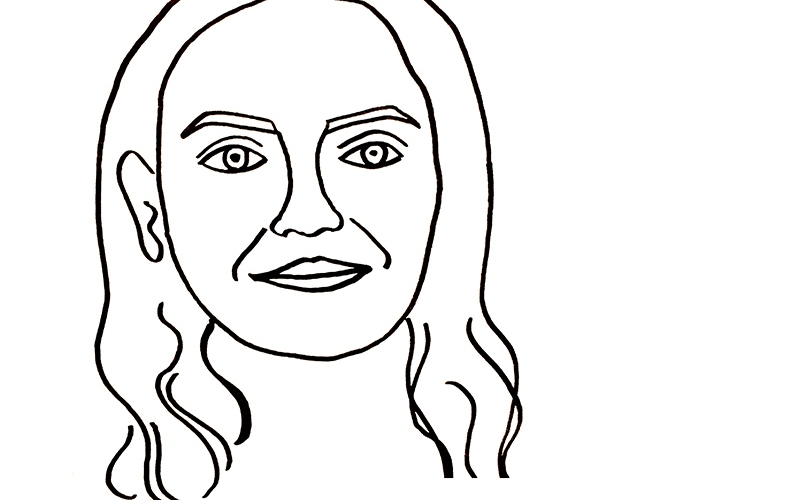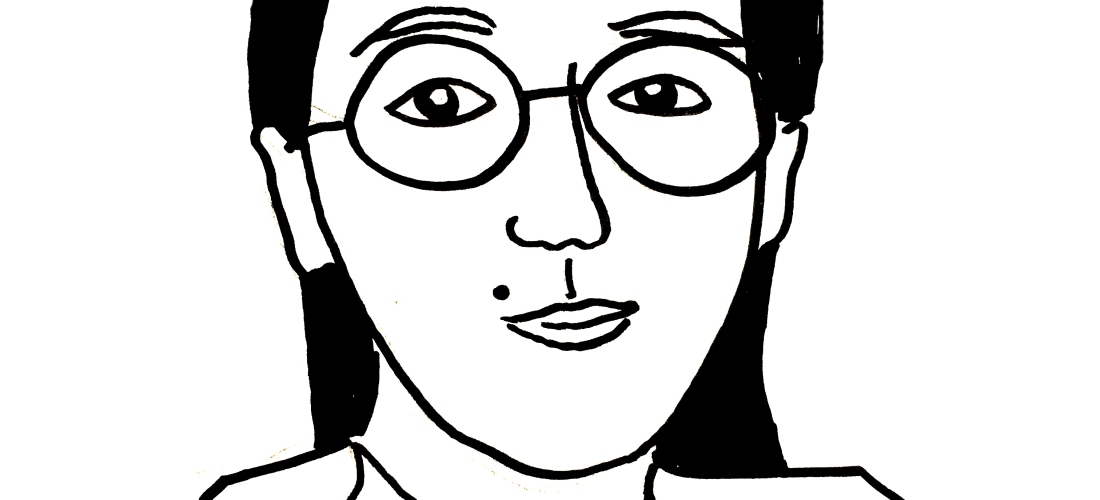This post is by Finty Hunter
Finty is a third year English student at Murray Edwards. She likes exclamation marks (a lot!) and hates ellipses (…) as well as using poetry to avoid writing English essays and in her current position as Editor she now has a legitimate excuse for this! She’s been involved in Notes since first year and is very excited to head the team up this year!

It’s that time again, when it starts to all get a little colder and the days get a little shorter, and Notes is back for a new year of creativity in Cambridge!
We have a new team, a new Senior Editor (me!), a new lease on life, and new plans to keep Notes fresh and exciting. Our new designers are planning to shake things up a little with their ideas; our publicity team has booked some incredible venues for our launches this term; and our editors are ready to read everything you’ve created over the long vacation!
Notes has always been a space for community and creativity, since it was founded by a group of students who felt Cambridge was lacking a space for producing art and receiving feedback. This still remains at the heart of Notes. This year we are planning to run more workshops to encourage those who may not feel like they have much experience with writing to give it a go.
I became involved in Notes when I saw the stall at Freshers’ Fair in my first year. Now, two years on, I’m running the stall, hoping to encourage as many people as possible to engage with their creativity and take a break from the academic stress of Cambridge to do something new.
I’ve been writing stories since I was a kid, and started writing poetry when I was sixteen for a piece of English ALevel coursework. I quickly found that it was something that I could use to express jumbled thoughts in a (sometimes) coherent way. I never thought I could write poems until I tried to, and Notes gave me the confidence to keep writing and keep submitting both to small and big things.
In a recent lecture, our lecturer spoke about how literature is used as a method of processing by many people, whether by reading or by writing. I have written intensely personal pieces and read them at Notes launches and received nothing but comfort, if a little fear at first, by doing so. I hope Notes can provide the same sort of space for creativity that it has done for me.
Being a part of Notes has allowed me to understand more about the way in which I read and appreciate art. As one of last year’s editors, Xanthe, wrote in her post, each editor has their own niche interest, whether it be mud, sadness, absurdity, or food, and together we hope to create a diverse space for art. I’m yet to work out the little idiosyncrasies of our new team, but I’m sure it will be just as weirdly wonderful as last year. It has also allowed me insight into the creative scene in Cambridge: the submissions we get, when we get them, how they say what they want to say, how they show their creator’s personality, reflect the ebbs and flows of a term. Poems of returning home to family bookend the first term as people reflect on their summers and anticipate their winters, exhaustion tends to permeate our penultimate issue of the term, taking the mythical ‘week 5 blues’ and turning it into something beautiful.
The main piece of advice I would give for this year is to not be afraid to try something new (as clichéd as that sounds), and give yourself the space to do things you enjoy, whether that’s writing, drawing, running, music, whatever. I’m a big believer in not letting your degree be your whole life, three years is a short time, and as I’m coming to the end of my time here, the things I look back on most fondly are not the various essays I have (or sometimes haven’t) done, but the time I’ve spent doing things like Notes which have allowed me to have a space to create, read, learn about what I genuinely care about, and just have fun.
So happy October to everyone, the team at Notes wishes you all the best for the coming year, and we hope to see you soon.









